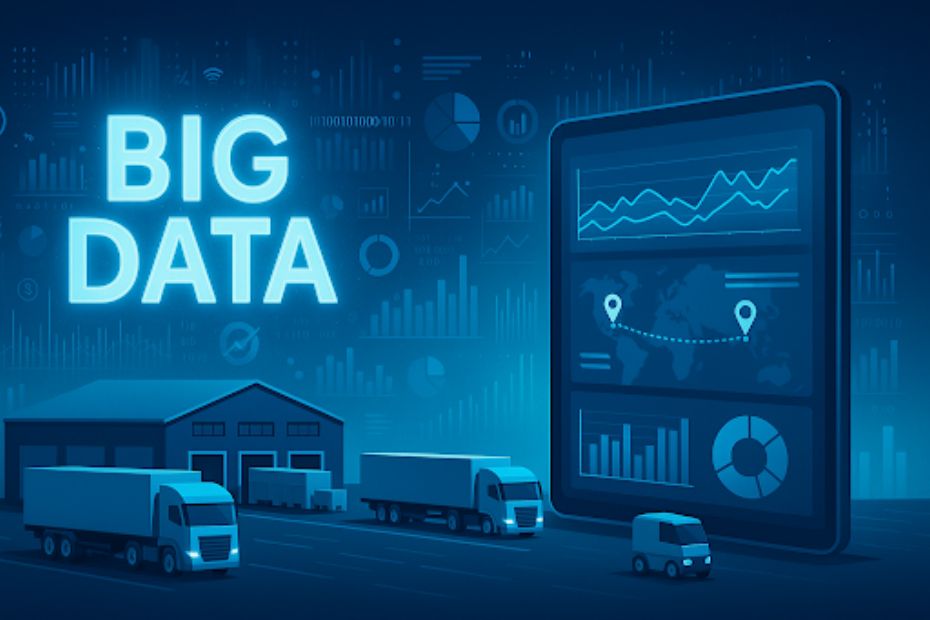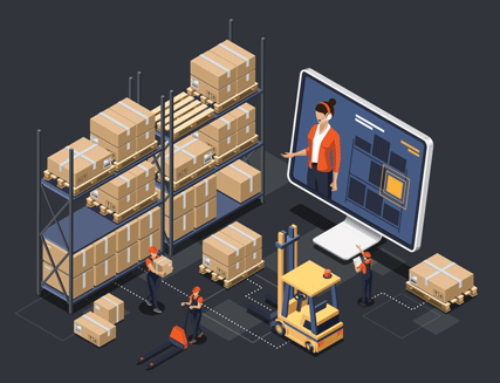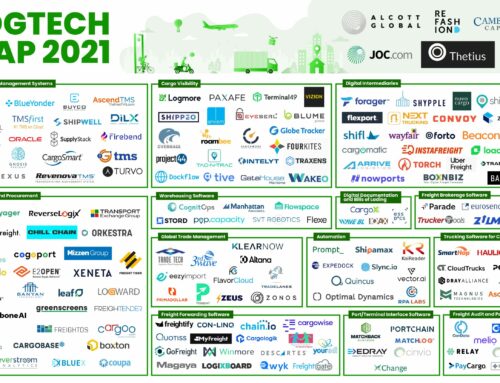If you’ve ever struggled to balance demand with inventory, or felt blindsided by a supplier delay, you already know how important real-time visibility is. That’s where big data steps in—not as a buzzword, but as a hands-on tool that helps you read patterns, reduce guesswork, and run a tighter operation. With the right analytics in place, you can predict demand, track shipments down to the minute, and fix problems before they escalate. This article lays out exactly how big data is shaping smarter, faster, and more responsive supply chains—and how you can start using it to your advantage.
Track Everything in Real Time—Without the Lag
When shipments are in transit or materials are sitting in the yard, knowing exactly where things are and how they’re moving keeps your team proactive. With big data analytics fed by GPS, RFID, and IoT sensors, you don’t have to rely on manual updates or lagging reports. You get a live view of your entire chain—from supplier pickup to final delivery.
That means you can anticipate port congestion, reroute around weather disruptions, or flag a package stuck in customs before your customer even notices. This level of tracking lets you step in early and communicate with confidence, which helps you keep SLAs intact and stress levels low.
Forecast Demand Without Overfilling Your Warehouse
Guessing future demand has always been part science, part luck. But when you pull in historical sales data, customer buying trends, seasonal changes, and even social media chatter, you replace guesswork with solid signals. Big data helps you identify patterns and turn them into forecasts that reflect what’s actually happening in your market.
With that level of accuracy, you can maintain just enough inventory to meet demand without stuffing shelves full of slow-moving stock. You reduce carrying costs, avoid stockouts, and make better use of your warehouse space. Plus, when you pair that with supplier data, you can time replenishment with precision instead of scrambling to catch up.
Spot Equipment Issues Before They Shut You Down
One broken machine can throw your entire schedule off, especially if you didn’t see it coming. But if your equipment is feeding sensor data into your analytics platform, you can track wear, usage trends, and output rates across your facility. When something starts slipping—even slightly—your system flags it.
That means your team can step in to lubricate, tighten, or replace before the failure ever happens. Predictive maintenance like this extends the life of your equipment and keeps your operation running without emergency downtime. It’s not just smart—it’s a cost saver and morale booster for your ops crew too.
Rank Your Suppliers by Performance—Not Promises
If you’re not tracking supplier performance with data, you’re relying on gut feel. That’s risky. Big data lets you analyze on-time delivery rates, quality issues, communication gaps, and even sustainability metrics. It turns vague impressions into hard facts that help you choose your partners based on real outcomes.
You’ll know which suppliers consistently meet expectations, and which ones need to be phased out. This insight also helps you prepare for sourcing disruptions by identifying second-tier vendors with strong reliability scores. When markets shift or contracts end, you’re not left scrambling—you already have the data to pivot wisely.
Give Customers More of What They Want—Before They Ask
The more you know about customer buying habits, the better you can tailor your service. Big data gives you that edge. You see which products get returned the most, which SKUs are often purchased together, and what times of year your demand spikes. This helps you plan promotions, restocking, and shipping logistics more strategically.
You can also personalize offers or adjust delivery windows based on regional trends. When customers see that you “just get it,” loyalty climbs. It’s not magic—it’s just knowing what to track and how to use it. And it pays off quickly in both revenue and retention.
Identify Bottlenecks Before They Become Breakpoints
Big data doesn’t just look at shipments and sales—it also tracks everything inside your operation. If your warehouse layout is slowing down pickers or your packing line always backs up after 4 p.m., analytics will highlight those pain points. Then, instead of chasing symptoms, you solve the actual problem.
You might reassign labor, change shift schedules, or even redesign your floor plan based on data—not guesswork. That’s how you eliminate waste, speed up throughput, and keep your team focused where it counts. It’s small improvements backed by hard numbers that add up to big gains over time.
Use Data to Make Decisions That Actually Stick
Sometimes it feels like you’re swimming in reports but still making calls based on instinct. Big data turns all that noise into signal. With the right dashboards, you can drill into metrics that matter—cost per shipment, order cycle times, inventory turnover—and spot trends as they develop.
It also gives you the confidence to back major decisions with evidence. Whether you’re opening a new DC, switching a carrier, or renegotiating supplier contracts, you’re making the call based on real performance—not assumptions. And when you show that kind of clarity to leadership or partners, it strengthens trust across the board.
How Big Data Improves Your Supply Chain
- Tracks shipments, inventory, and equipment in real time
- Enables accurate demand forecasting and stock control
- Predicts equipment failure to prevent downtime
- Ranks suppliers by actual delivery and quality data
- Personalizes customer offerings and delivery strategies
- Flags bottlenecks in warehouse or transport operations
- Supports evidence-based strategic planning
In Conclusion
When you’re managing a supply chain, data is your competitive weapon—if you know how to use it. Big data doesn’t replace experience or instinct, but it makes both a whole lot sharper. You see what’s working, what’s slipping, and where to go next—all in real time. Whether you’re cutting costs, planning growth, or chasing better customer service, the answers are in the numbers. You just need the tools to find them. And once you do, you’re no longer reacting—you’re leading.
For further insights on supply chain strategy and related topics, visit my wordpress










